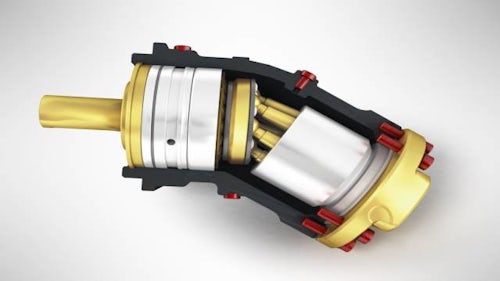Overcome flow, pressure, and torque ripple in hydraulics and pneumatics applications
Pumps and compressors are widely used across industries to pump liquids or circulate or compress gasses. Designing robust, reliable rotating machines that are free from flow, pressure, and torque ripple effect is complex. With stricter regulations on energy consumption, safety, noise, and vibration, manufacturers need to account for multiple and sometimes conflicting design attributes.
How to avoid aeration, cavitation, and leakage in pumps?
The aeration, cavitation, and leakage in pumps are often consequences of poor pump system design and the inability to evaluate the pressure drop arising from improper sizing of hydraulic components.
Aeration, cavitation, and leakage problems in pumps are interlinked and can lead to premature hydraulic component failures.
Using system simulation software engineers can ensure the right flow delivery and safe operation during all working conditions. Predict aeration and cavitation phenomena that might occur during real operation.
How to reduce friction and pumping losses in compressor?
Compressed air finds application in several industries and developing an efficient compressor is vital to achieving a carbon-neutral environment. Predicting friction and pumping losses in compressor involving complex circuitry with sophisticated multi-stage compression is laborious and difficult.
Using system simulation software engineers can reduce friction and pumping losses, improve the compressor performance and gas driveline dynamics by combining both time and frequency-domain analysis tools.
